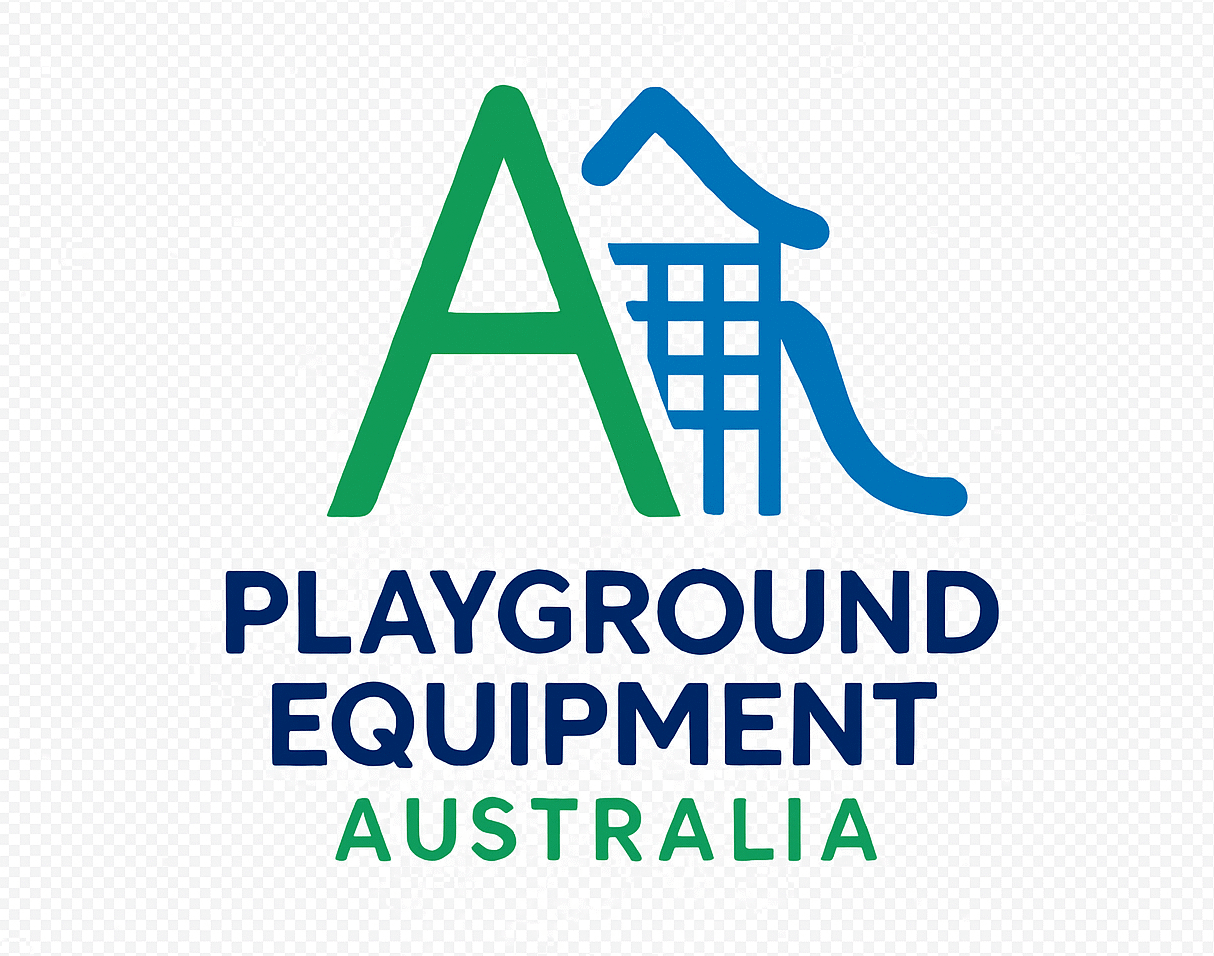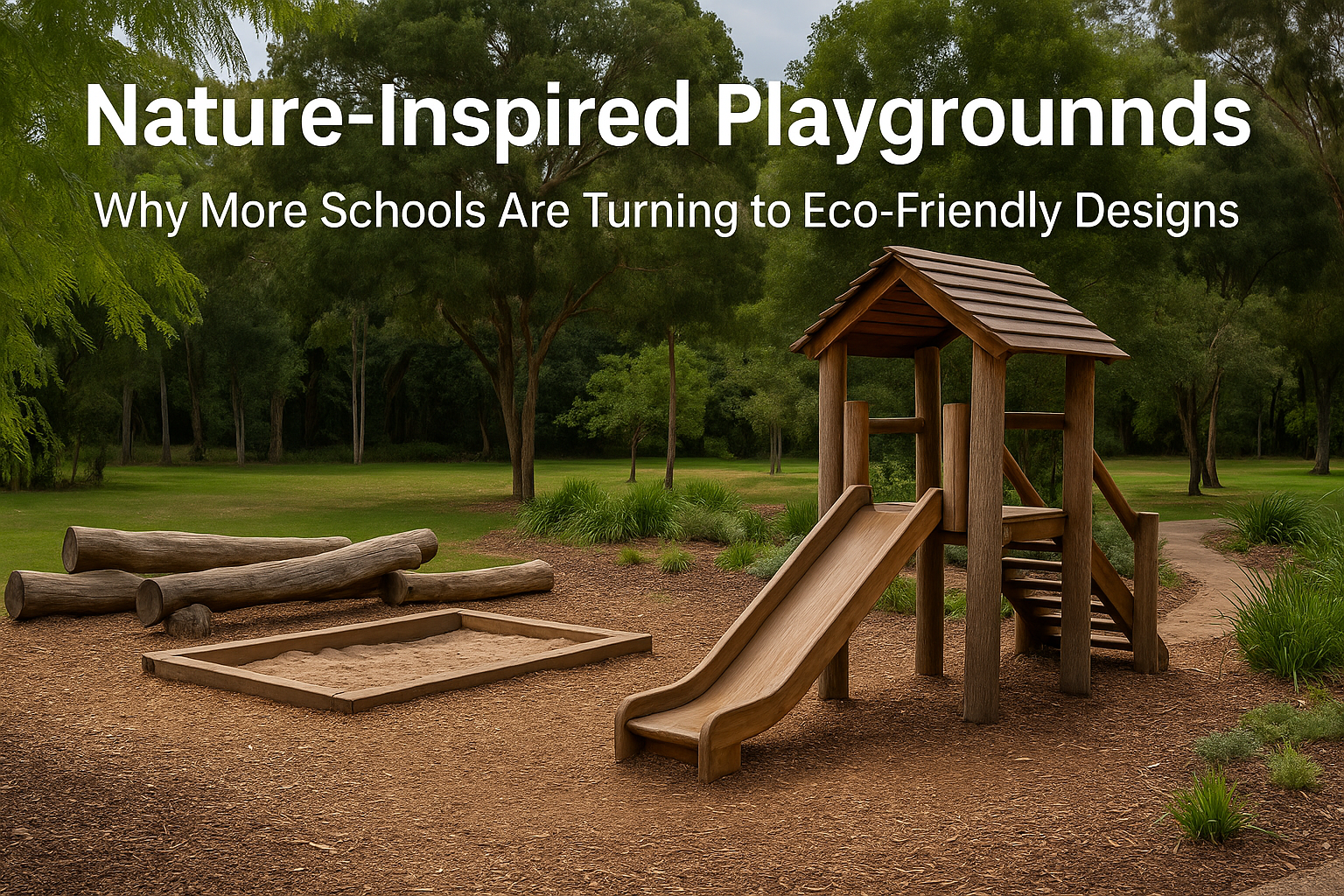Why Traditional “Inclusive” Playgrounds Are No Longer Enough
When we think of inclusive playgrounds, we often imagine wheelchair ramps, tactile paths, and accessible swings. While these are essential, modern inclusion goes beyond physical access. Today, educators, therapists, and parents are calling for playgrounds that also accommodate neurodiverse children—those with autism, ADHD, sensory processing disorders, and more.
Yet many school and council play spaces still miss the mark. Loud sounds, chaotic layouts, and overly stimulating environments can overwhelm children with sensory sensitivities, excluding them from meaningful play. The next generation of playgrounds must support not just mobility diversity, but neurological diversity as well.
Understanding Neurodiversity in Play
Neurodiversity refers to the natural variation in the human brain. Children with conditions like:
- Autism Spectrum Disorder (ASD)
- Attention Deficit Hyperactivity Disorder (ADHD)
- Sensory Processing Disorder (SPD)
- Anxiety or trauma-related responses
may experience play differently than their neurotypical peers. What’s fun for one child may be stressful or inaccessible for another. Inclusive Playgrounds 2.0 must address a spectrum of play needs across cognitive, sensory, and social dimensions.
Core Principles of Neuro-Inclusive Playground Design
1. Sensory Zoning
Create distinct zones with different levels of stimulation:
- Quiet Zones – enclosed huts, tunnels, soft climbing structures, sand play
- Moderate Zones – swings, musical panels, balance paths
- Active Zones – open slides, climbing nets, spinning equipment
Zoning gives children and carers choice and control, reducing overstimulation.
2. Predictability & Structure
Children with autism often thrive in predictable environments. Use:
- Clear paths and boundaries
- Repetitive patterns in layout
- Consistent textures and shapes
Structured design helps reduce anxiety and allows for independent navigation.
3. Low-Stimulation Retreats
Offer hideaway spots such as:
- Cocoon swings
- Sensory domes
- Shaded cubbies
These “reset zones” give children safe places to regroup when overstimulated.
4. Multi-Sensory Features
Not all stimulation is bad—when carefully managed, it can be beneficial. Consider:
- Musical instruments (chimes, drums)
- Textured wall panels
- Water elements with gentle flow
- LED panels with low-frequency visuals
These encourage engagement through non-verbal, sensory exploration.
5. Social Interaction Opportunities
Support cooperative and parallel play:
- Tandem slides
- Seesaws for multiple users
- Roleplay stations (shopfronts, kitchens)
Design for various social comfort levels without forcing interaction.
6. Flexible Entry Points
Allow children to enter and explore equipment from different angles and sides. Avoid only having “start-to-end” linear pathways, which can feel restrictive.
How Australian Schools Can Lead the Way
Schools across Australia are uniquely placed to implement neuro-inclusive playgrounds. With increasing awareness of autism and ADHD in classrooms, outdoor spaces must evolve too. A neuro-inclusive playground:
- Reinforces SEL (Social Emotional Learning)
- Enhances focus in classrooms
- Builds empathy among peers
- Aligns with NDIS goals and inclusive education strategies
Real-World Design Example
At a Brisbane-based special needs school, the introduction of:
- A low-noise climbing cube
- Multi-coloured textured trails
- Sensory garden paths
- “Escape zones” with tinted canopies
led to a 40% drop in playground meltdowns and increased engagement for all students—not just those with diagnoses.
Tips for Planning Your Neuro-Inclusive Playground
| Step | Action |
|---|---|
| 1 | Engage parents and therapists early for sensory insights |
| 2 | Survey the play area: noise, sunlight, foot traffic |
| 3 | Create zoning plans and choose diverse materials |
| 4 | Integrate adjustable or modifiable elements (e.g., removable sensory panels) |
| 5 | Work with suppliers who understand neurodiversity, not just complianc |
Recommended Equipment from Our Range
- Sensory Play Panels – interactive with textures and motion
- Quiet Retreat Domes – ideal for children seeking downtime
- Balance Bridges – build coordination without overload
- Outdoor Music Stations – engage non-verbal communication
- Roleplay Cubbies – foster storytelling in safe spaces
Explore All Inclusive Playground Products
Free Download: Neuro-Inclusive Playground Planning Checklist
Help your team get started with our printable planning guide:
Download the Checklist PDF (Includes zoning template, design questions, material tips)
Final Thought: Inclusion Means Everyone
True inclusion means every child feels welcome, safe, and supported. By designing for neurodiversity, we don’t just accommodate differences—we celebrate them. Inclusive Playgrounds 2.0 isn’t just a trend—it’s the future of public space, and your school or council can lead that future today.



